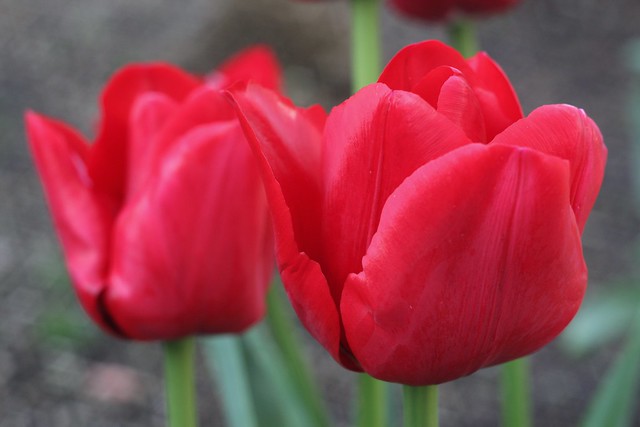While I was wandering around Honolulu a few months ago, I happened to walk past Thomas Square, a city park with a circle of enormous intertwined banyan trees, or possibly it's all one banyan tree. That seemed kind of remarkable so I snapped a few quick photos before continuing on my way. Going by other photos I've seen of the park, apparently there's also a large fountain somewhere in there, hiding under the trees, but I didn't even notice it at the time.
At a street corner on one side of the park, a couple of guys were running a table offering left-wing and (De)Occupy Honolulu literature. It seems the park had hosted an Occupy encampment during the movement's heyday, similar to the one in Portland's downtown Plaza Blocks, and their choice of this particular park was anything but random.
Throughout the 19th Century, the US and various European powers jostled and schemed over control of the Hawaiian Islands, while the kingdom tried to fend them all off and remain independent. In 1843, the commander of a British naval vessel announced he was annexing the islands for the Crown due to various perceived slights against British subjects, and he declared a provisional government with himself in charge. King Kamehameha III filed a formal protest with the captain's boss, Admiral Richard Darton Thomas, at the British Navy's Pacific Station in far-away Valparaiso, Chile. Several months later, another British vessel arrived, with Thomas aboard. Thomas, of course, outranked the first vessel's captain and thus control of the new "colony" passed to him. Thomas, in turn, quickly handed power back over to Kamehameha III, in a ceremony at this spot. This is not at all how colonial empires of the 19th century usually operated, and I've yet to see a good explanation of why the islands were handed back, when so many other places around the globe weren't.
Shortly after the handover, the king proclaimed the area a public park and named it in honor of Admiral Thomas. Over subsequent decades the park design evolved into today's square.
For what it's worth, Thomas also has a swanky condo tower named in his honor, a few blocks away.





